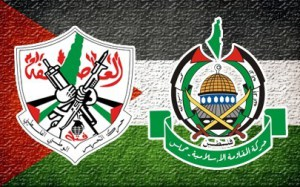...Paris 2015...
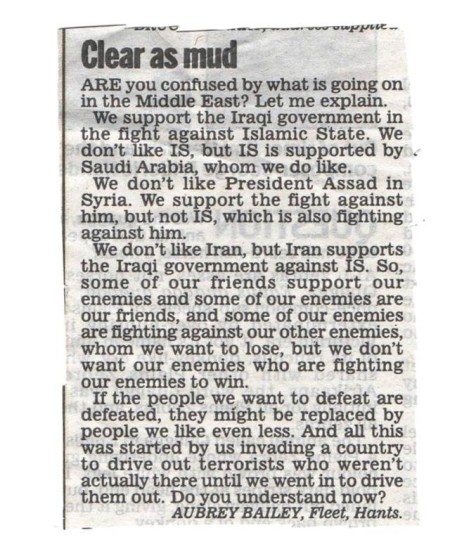


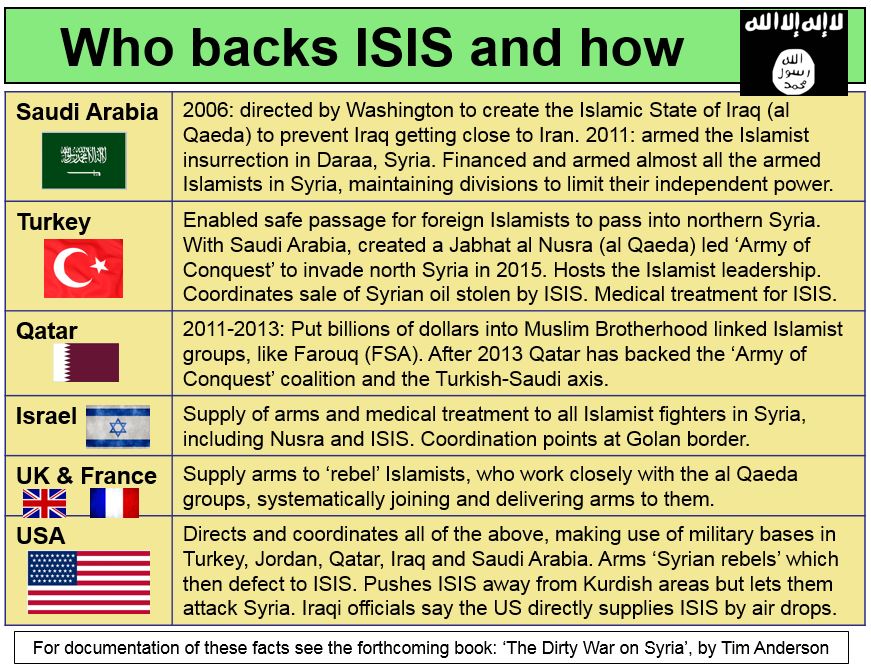






 [caption id="attachment_4806" align="aligncenter" width="450"]
[caption id="attachment_4806" align="aligncenter" width="450"] ISIS global 5-year plan[/caption]
ISIS global 5-year plan[/caption]

- a personal perspective on events in western Balkans and MENA. Topics of interest: Balkans, Israel, Serbia, EU enlargement,conflicts, crisis management. My Main Blog - Conflicts By Ari Rusila - with document library and link lists you may find from address http://arirusila.wordpress.com. My Ariel -website covers Israeli politics, defence and society in Finnish language in address - http://arielfi.wordpress.com
 The Israeli-Palestinian peace process – or lack of that – is now at the crossroads. To start or not direct negotiations, between Israel and Palestinian Authority or at regional level, with or without preconditions, with or without facilitators, with 2-State
The Israeli-Palestinian peace process – or lack of that – is now at the crossroads. To start or not direct negotiations, between Israel and Palestinian Authority or at regional level, with or without preconditions, with or without facilitators, with 2-State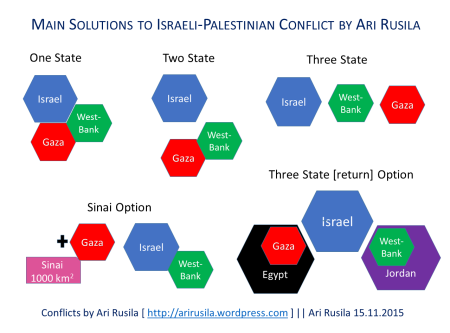
 One State scenario means “Isralestine”, a binational state to West from Jordan River or federation/confederation. Omer Bar-Lev - an MK for the Zionist Union – claims that Israel’s approach to security lacks creativity and initiative. He hits the nail on the head by concluding the one-state dilemma as follows:
One State scenario means “Isralestine”, a binational state to West from Jordan River or federation/confederation. Omer Bar-Lev - an MK for the Zionist Union – claims that Israel’s approach to security lacks creativity and initiative. He hits the nail on the head by concluding the one-state dilemma as follows:If Israel wants to be a democratic state, which it does, then it has to either grant them full citizenship rights, which will subsequently destroy Zionism (one state for two nations) or separate from the Palestinians (two states for two nations). In that case, Israel can keep the Zionist spirit. Then, it is for the Palestinians to decide to create their Palestinian State, which is in their interests and they will make their own decisions. (Source: Fathom)Indeed one-state option in my opinion would destroy Israel as ‘Jewish homeland’ as both democracy and ‘Jewish Israel’ could not survive in this solution. Failure of negotiations or lack of unilateral actions is shaping Israel and West-Bank more and more towards de facto ‘1-State’.
 With “official” 2-State Solution there is other 2-State options such as Gaza and Palestine option (more e.g. in Gaza State Under Construction, West Bank Remains Bystander ). With this version Israel and Hamas could negotiate a deal which could lead to Gaza State while the future of Palestine state in West-Bank would stay unclear. This (part) solution could be stronger by combining it to recently again proposed Sinai option.
With “official” 2-State Solution there is other 2-State options such as Gaza and Palestine option (more e.g. in Gaza State Under Construction, West Bank Remains Bystander ). With this version Israel and Hamas could negotiate a deal which could lead to Gaza State while the future of Palestine state in West-Bank would stay unclear. This (part) solution could be stronger by combining it to recently again proposed Sinai option. For 19 years, Judea and Samaria were part of Jordan, its population Jordanian citizens, and the geographic juxtaposition between Israel and Jordan should make delineating the border between the two countries in an agreement considerably easier than reaching a deal on a border between Israel and a Palestinian state that might be established in the area. If three state solution will be implemented so Israel would receive security guarantees from Jordan's monarchy, which made peace with Israel in 1994, rather than from a politically enfeebled Palestinian president as well from Egypt, which has peace deal with Israel since 1978, rather than from outside supervised Hamas.
For 19 years, Judea and Samaria were part of Jordan, its population Jordanian citizens, and the geographic juxtaposition between Israel and Jordan should make delineating the border between the two countries in an agreement considerably easier than reaching a deal on a border between Israel and a Palestinian state that might be established in the area. If three state solution will be implemented so Israel would receive security guarantees from Jordan's monarchy, which made peace with Israel in 1994, rather than from a politically enfeebled Palestinian president as well from Egypt, which has peace deal with Israel since 1978, rather than from outside supervised Hamas.
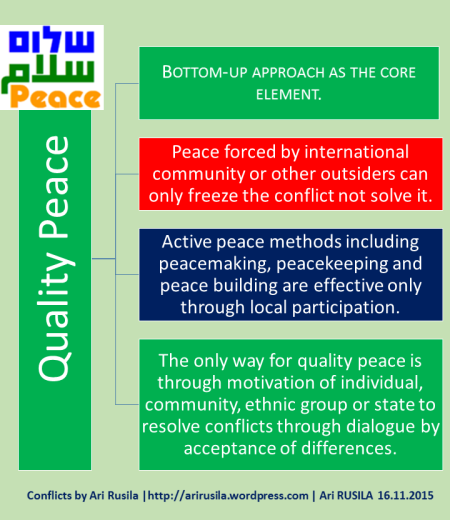

 Post reports that Palestinian Authority President Mahmoud Abbas was quoted on Monday [9th November 2015] as claiming that Israel and Hamas have been conducting direct negotiations to expand the Gaza Strip so that it would include some 1,000 square kilometers of Sinai. Abbas, who was recently visiting in Cairo, told that the idea of slicing off land from Sinai to expand the Gaza Strip was first proposed by ousted Egyptian President Mohamed Morsi.
Post reports that Palestinian Authority President Mahmoud Abbas was quoted on Monday [9th November 2015] as claiming that Israel and Hamas have been conducting direct negotiations to expand the Gaza Strip so that it would include some 1,000 square kilometers of Sinai. Abbas, who was recently visiting in Cairo, told that the idea of slicing off land from Sinai to expand the Gaza Strip was first proposed by ousted Egyptian President Mohamed Morsi. A similar idea was floated some eight years ago by Israeli academics, but it was rejected outright by the regime of then-Egyptian President Hosni Mubarak. Experts surmise that Sisi's generous offer stems from Egypt's current difficulty in controlling terrorist groups based in the Sinai Peninsula. Source: Israel Hayom
A similar idea was floated some eight years ago by Israeli academics, but it was rejected outright by the regime of then-Egyptian President Hosni Mubarak. Experts surmise that Sisi's generous offer stems from Egypt's current difficulty in controlling terrorist groups based in the Sinai Peninsula. Source: Israel Hayom